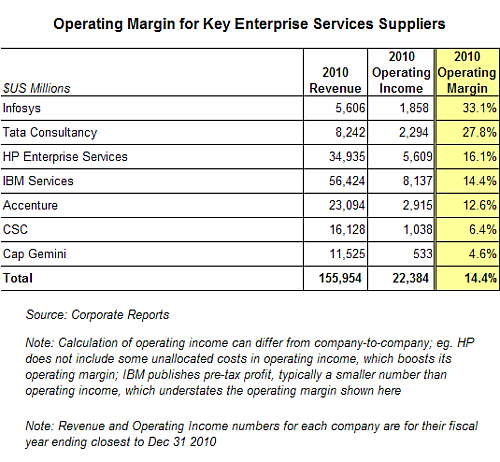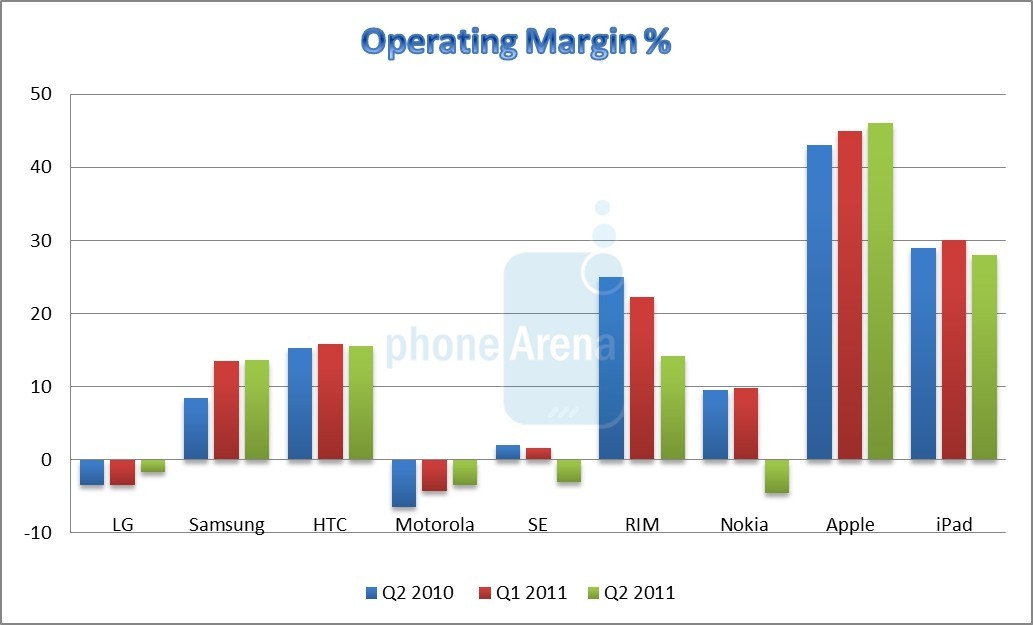Operating Margin
Post on: 12 Апрель, 2015 No Comment

MENU
Using the Operating Margin to Demonstrate Organizational Efficiency
Operating margin is a ratio of the organization’s pricing strategy and its manufacturing efficiency. Also known as the operating profit margin, it is the amount of money left over from the company’s total revenue after accounting for variable costs of production including wages, overhead, raw material etc. A company will only be able to meet its obligations towards fixed and variable cost if the operating margin is healthy.
How to Calculate
In the income statement of a company, the operating margin will usually be presented as a percent value. It is calculated by dividing the operating cost by the net sales where adjustments for sales returns and discounts have been made. The operating income is calculated by adding the day-to-day expenses of the company required to manufacture its products. It is the sum of all fixed and variable cost which will include the business overheads, wages, equipment operating cost, advertising and marketing costs, office expenses etc.
An Example of Operating Margin
Let us take the example of Coca Cola; the consolidated statement of income states that the gross profit of the company in millions is $15,924; the net operating revenue is $20,088 and the operating income is $6318. The income before tax deductions stands at $6578 and the net income is $5,080. To calculate the operating margin, the operating income will have to be divided by the net revenue; by dividing 6318 by 20,088, the operating margin is found to be 31.45%.
What does it Indicate?
Operating margin is the total revenue obtained from the sales of a product minus the all the cost incurred in its manufacturing without adjustments made for interest on debt, taxes and dividend to shareholders. For instance, if a company has an operating margin of 12%, this means that the organization makes 12% of the total revenue in profit before the deduction of taxes, interest on loans and dividends to shareholders. For the calculation of this metric, non-recurring expenses such as legal settlements are excluded.

Why Should it be Calculated?
The metric is used by analysts to understand how much a company makes in profit for every dollar of sales. This figure helps to determine the quality of the organization. When trying to analyze the performance of a company through its operational margin, it would be best to compare the operating margin over a period of five years or more. A steady increase in the margin means that the company has made more for every dollar spent as its operations grew; a higher margin is certainly preferable.
Increase in Operating Margin Based on the Cost
The mix of fixed and variable costs of production will have a direct bearing on the operating margins and the cash flow; these are crucial variables in the analysis of operating margin. When the total revenue increases, companies with higher fixed cost will have a greater chance of increasing their operating margins faster than companies that have higher variable costs. The reverse also holds true which is why the operating margins are closely scrutinized when making equity buying decisions.
When analyzing operating margins, it is also crucial to look at the non-cash expenses in the balance sheet of the company. Unlike assets that have been rented and raw materials used in manufacturing, a significant investment in long-term assets is expensed in a different way and influences the balance sheet for a longer period.














